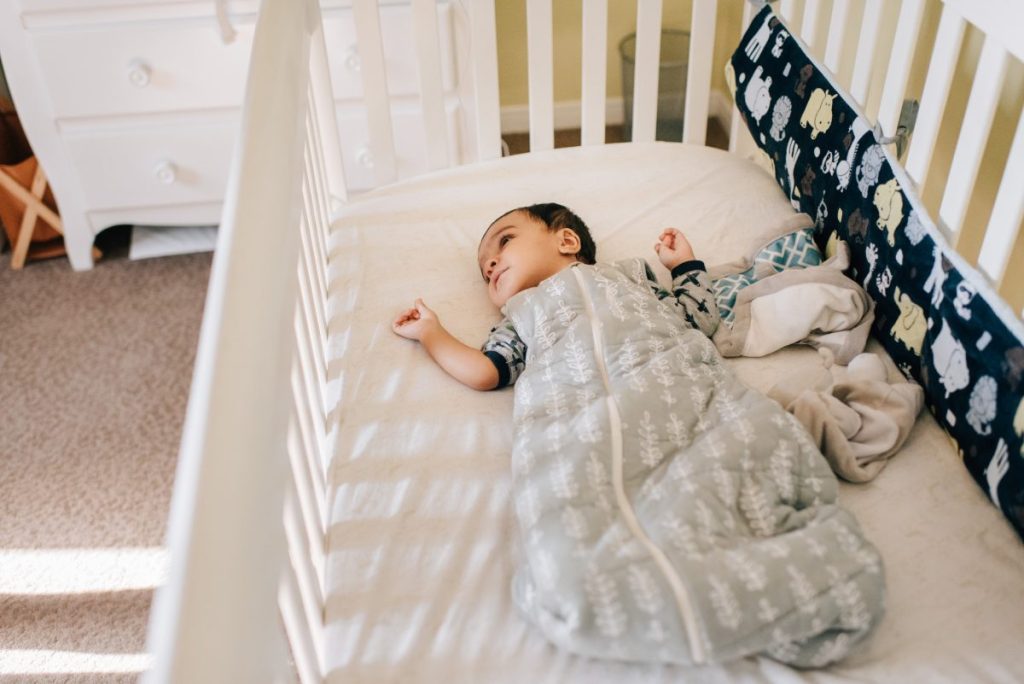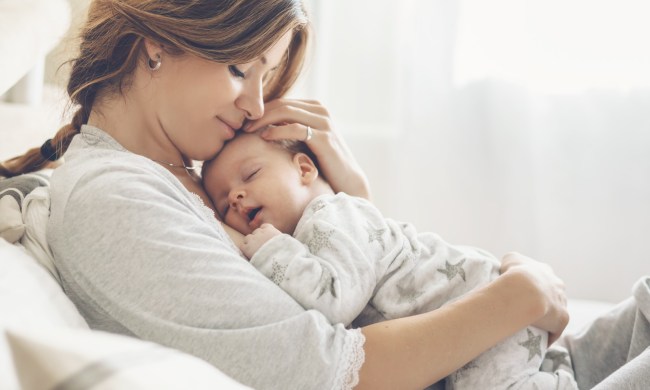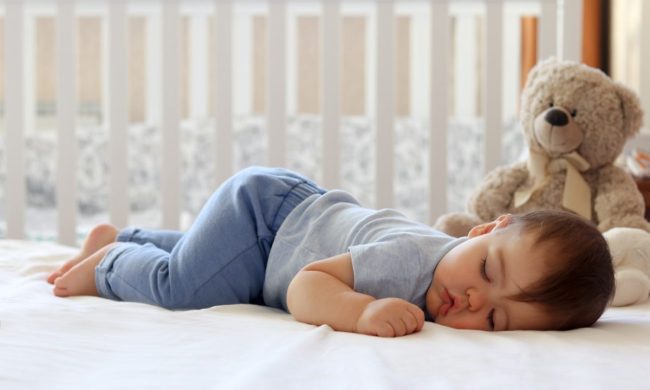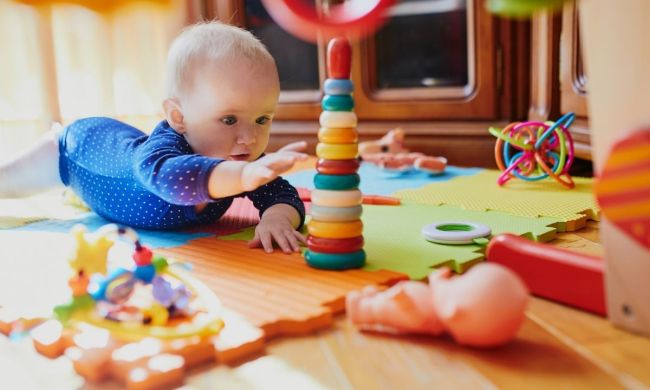Nothing brings a veteran parent to their knees quicker than seeing a sleeping kid in the backseat, mere minutes from the house, putting the precious nap schedule at risk. If you’re a parent of a child who still naps, you know how precious that time is for everyone’s sanity. That’s why every parent should know about baby wake windows.
Everyone getting proper sleep is the main goal of the first year with a new baby. Make the most of naptime by understanding how baby wake windows work so you and your baby are at your best.
What is a baby wake window?
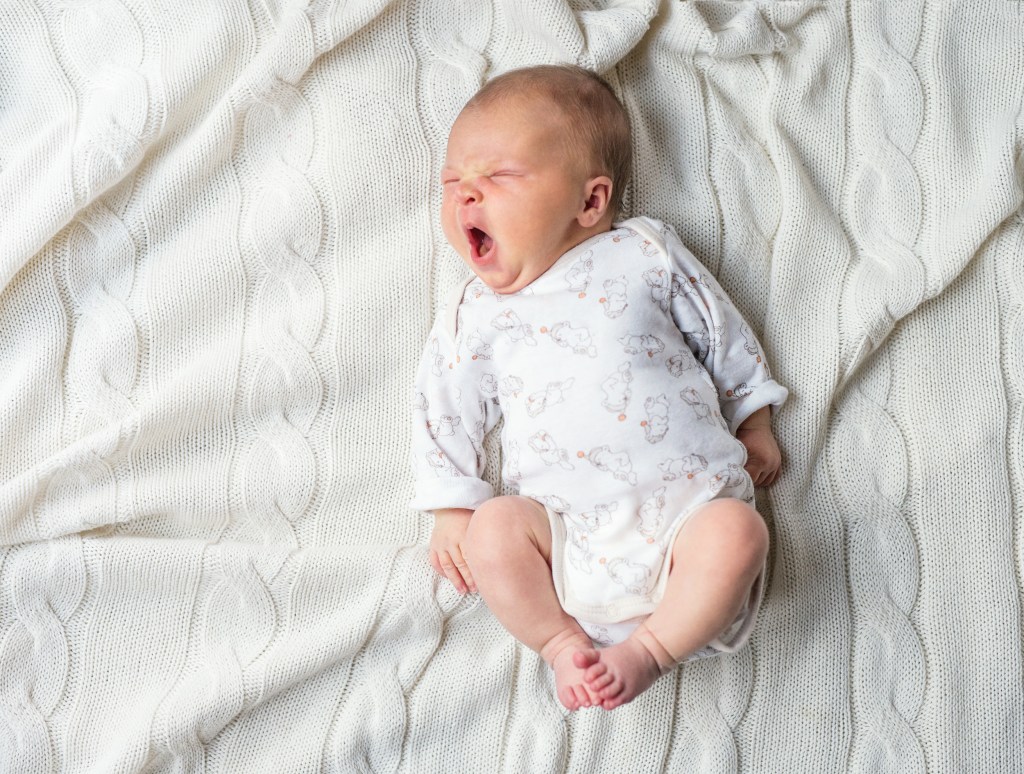
A baby wake window is the time you don’t want to let your child fall asleep. It’s the window between nap times and is for babies. When your child hits a year old, you won’t use the window as much, if at all.
Not every child’s wake window will be the same, but it’s handy for parents to have a grasp on their kid’s schedule. If you know how long your child usually sleeps between naps, you could plan your day a little better. You’ll know when it’s time to put your bundle down so you can eat something or take a nap yourself.
The purpose of the window
Why should you even care about a baby wake window? It’s another tool for new parents (or parents who haven’t had a newborn in a bit) to help with the sleep schedule. Parents need all the help they can get. It takes whatever resources we have to raise a child. Knowing about the wake window and how to use it will keep your baby from being an over-tired, grumpy, exhausted little person.
Set the clock
Even if you can’t understand what each cry or whine from your baby means, you know how to check the clock. To make it easier, you could set a timer every time your little one gets up from a nap and stop it when they go back down to see what their personal wake window is. Keep track for a few days to get an average for a baseline. Track your child’s window to work out a schedule and to know if something is wrong.
Wake window time breakdown by age
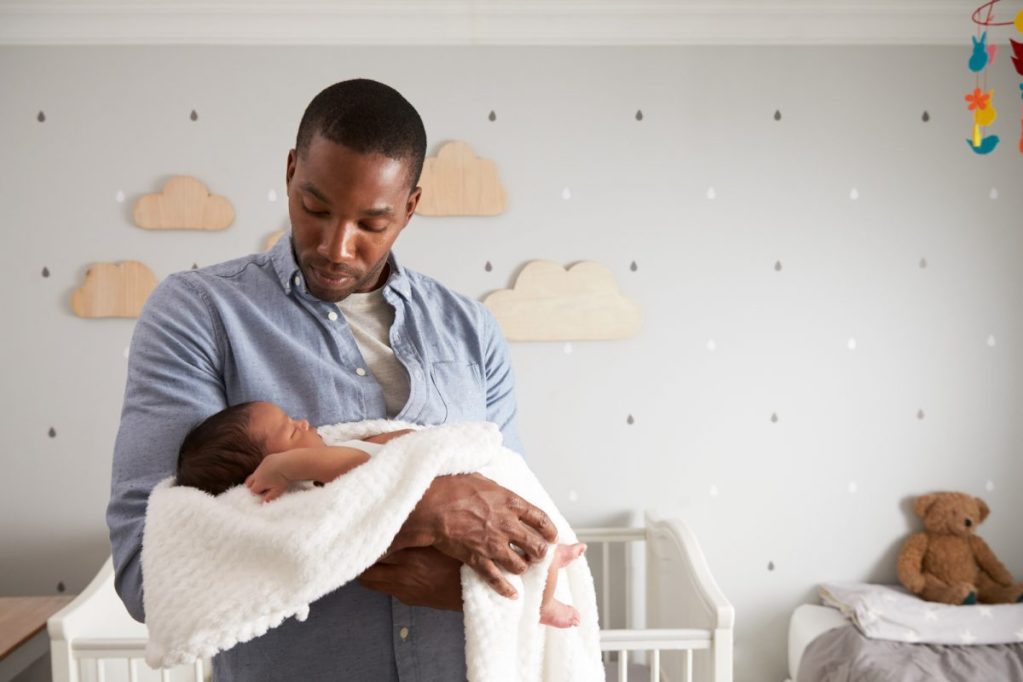
While it’s not an exact science, see if your child’s schedule is close to the average. The time is not the length of the nap but the time between naps when the baby is awake. As long as your child is awake around the time frame for their age, everything is fine.
- Birth to 1 month is 45 minutes
- 1 to 2 months is 1 hour
- 2 to 4 months is 1.5 to 2 hours
- 4 to 8 months is 2.5 to 3 hours
- 8 to 12 months is 2.5 to 4 hours
Children older than 12 months
Once your child hits a year old, they should transition to taking two to three naps a day. The time in between naps will be longer, but will vary depending on their bedtime and how many naps they take.
Why the baby wake window is important

When you understand how long your child stays awake between naps, you could shift bedtime as needed. If your kid’s sleep schedule gets thrown off, they get cranky, which makes you miserable. No one wants to mess with an overly tired baby.
Watch for sudden changes in the window
Remember, not every child who is 3 months old will have exactly two hours in between naps. It’s more of a guideline, so your child being a few minutes shorter or longer isn’t a big deal. Now, if your baby is only sleeping for 15 minutes between naps, it would trigger you to keep an eye on things.
You should also know the baby wake windows by age. If your 10-month-old child normally stays awake for three hours between naps and suddenly can’t stay awake longer than an hour, talk to the pediatrician. It’s another way to know if anything is unusual and should be brought to the doctor’s attention.
How to keep the wake window in your favor

Until your child has aged out of multiple naps, use the baby wake window to your advantage.
Stick with the routine
Parents want nothing more than a routine and consistent schedule. Guess what? Your baby wants the same thing. Try your best to keep all times as close as possible. Keep when they go to bed, wake up, and nap as close to the same time every day.
Look for those sleepy hints
Just like your baby gives you hunger cues, sleepy hints are there. Rubbing eyes is a giveaway, but once you see the signs of a tired child, get them down for a nap.
Be fluid
Your baby has no idea they were supposed to take a nap five minutes ago. They didn’t know their window was supposed to be 45 minutes. Being a parent is nothing but making day-by-day and minute-by-minute adjustments to life. Having a schedule is great. Knowing it won’t be followed down to the second is just as important.
No one appreciates sleep more than a parent with a baby. Following a baby wake window schedule will keep baby happy, which keeps the whole house happy. Baby wake windows are a key component to making sure no one gets too cranky. Find your baby’s wake window to help everyone get the sleep they need.
